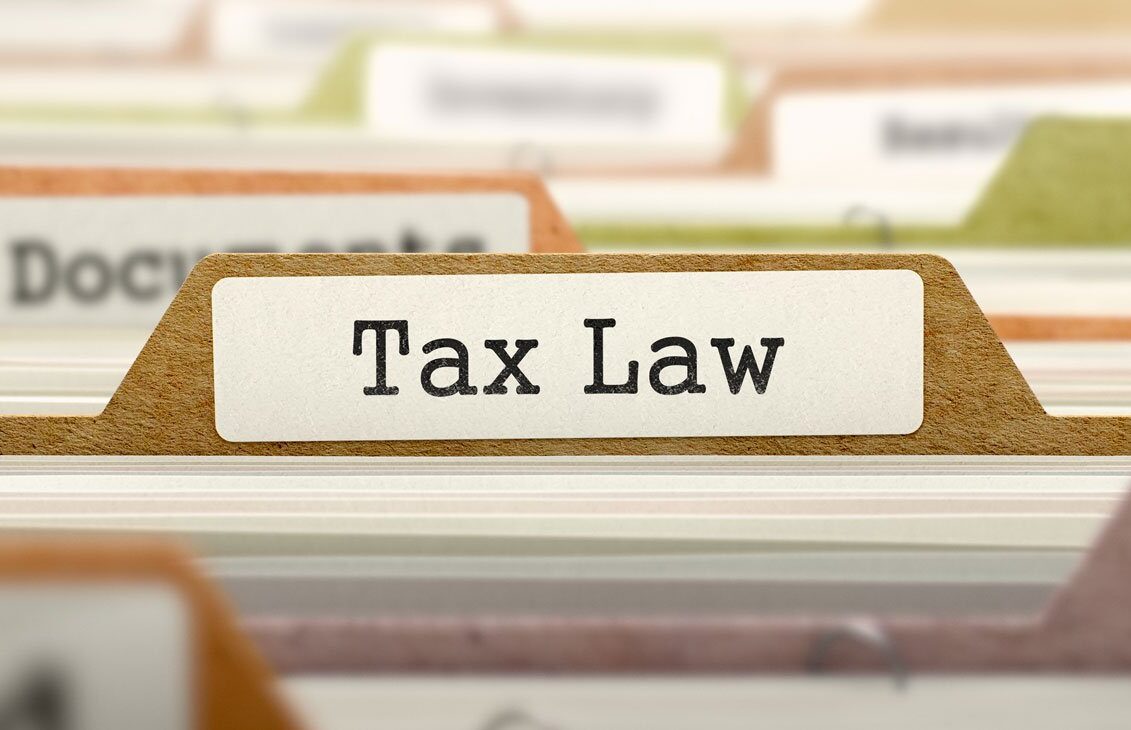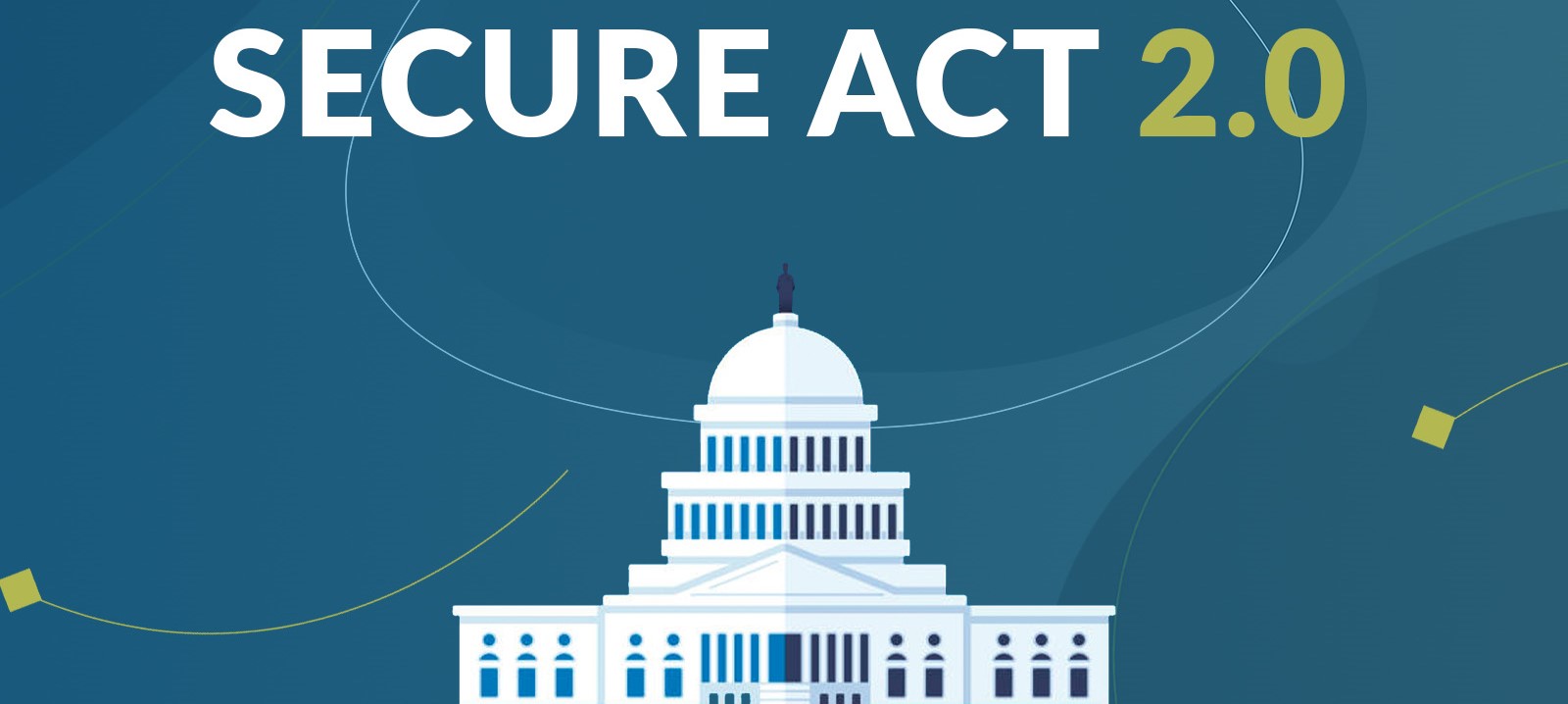You may have noticed grocery stores stocking up for Thanksgiving, and festive lights and displays going up everywhere. Yes, it is the holiday season, but it is also the season to take required minimum distributions (RMDs). One question we have been getting a lot this year involves RMDs when IRA investments are illiquid.
If you have a traditional IRA (or a SEP or SIMPLE IRA) and you are age 73 or older during 2023, you must take an RMD by December 31, 2023. The clock is ticking, and time is almost up. Many IRA custodians, in order to avoid last-minute mistakes and allow enough time for processing, have deadlines even sooner. Missing the RMD deadline is serious business because there is a 25% penalty on any RMD amount that is not taken.
No Exceptions for Illiquid Assets
For most IRA investments, once the RMD calculation is done, processing the distribution is no big deal. A cash distribution or even a distribution of property can easily be done. But for some IRA investments, it is not so simple. Some IRA assets, such as certain annuity products, hard-to-sell investments and real estate, may be difficult or almost impossible to liquidate. Distributing the RMD in shares of the investment may also be complicated or not possible. Despite these issues, there is no exception for illiquid assets to the RMD requirements. These requirements apply to all IRAs, regardless of the type of investment.
Possible Solutions
What if your IRA is entirely illiquid? There are some possible solutions. One of them is aggregation. The RMD rules allow you to aggregate your RMDs from your IRAs and take the total amount from any one account. If you have one IRA that is illiquid, you could simply take the RMD for that account from another IRA that is liquid. Remember, there are limits here. You cannot satisfy your RMD for your IRA from a workplace plan or a Roth IRA. Another possibility is to make a tax year IRA contribution if you are eligible to inject some cash into an IRA. The SECURE Act makes this possible by allowing IRA contributions at any age, but you would need to have earned income and you would be limited to the annual IRA contribution allowed. That may not be enough to satisfy the RMD.
Your options are limited, and the problem will not go away. Each year an RMD must be taken. While it is possible to get an IRA waiver of the 25% penalty, that can only be done after the missed RMD is taken. These issues are why it is a good idea to plan ahead if your IRA is invested in alternative investments. As you approach your required beginning date, be sure to keep enough liquid assets in your IRAs to satisfy your RMDs.
By Sarah Brenner, JD
Director of Retirement Education











